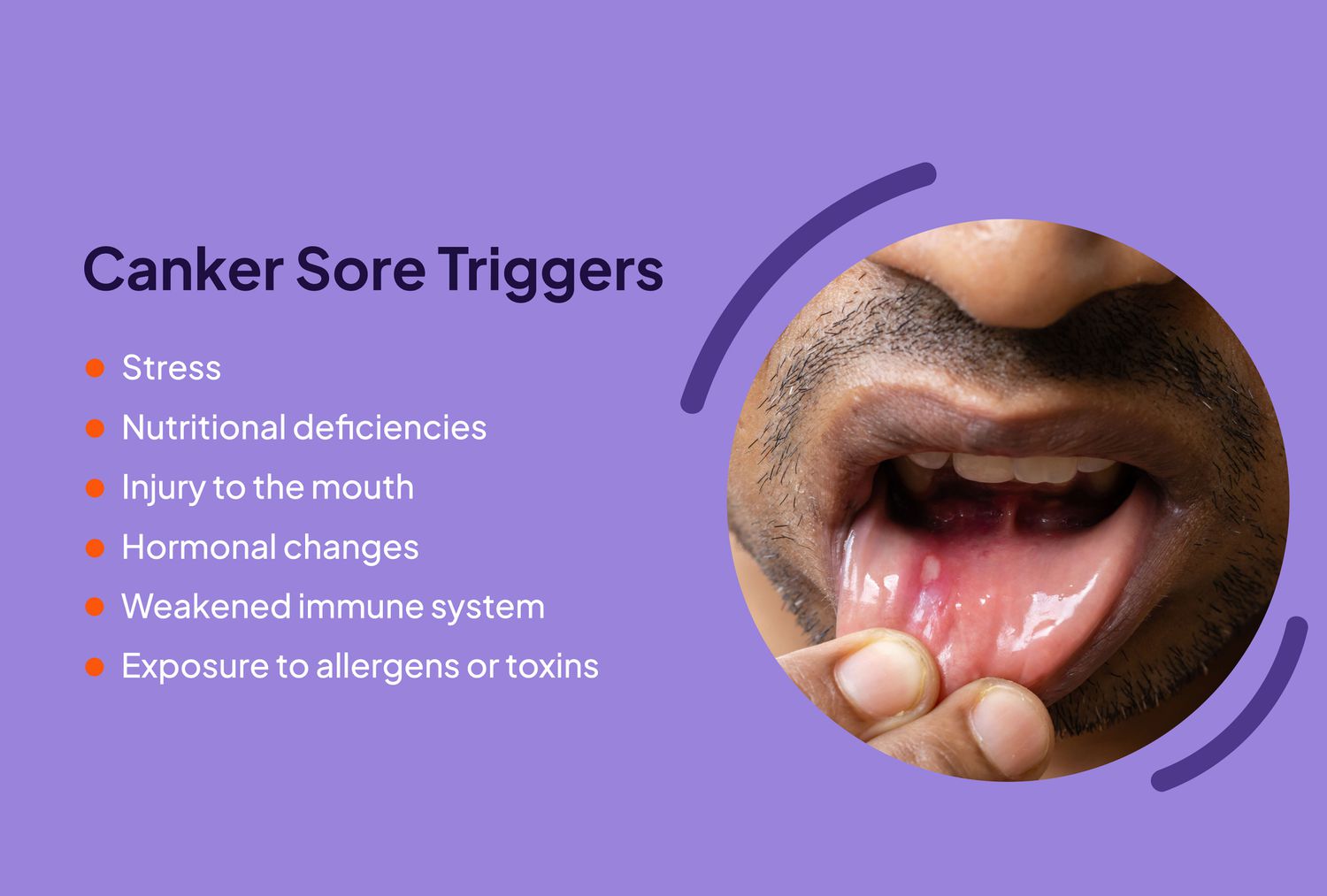Indentations On Teeth

When it comes to the appearance and health of our teeth, there are many factors to consider. One aspect that can significantly impact the aesthetic and functional quality of our teeth is the presence of indentations. These indentations, also known as tooth indentations or dental depressions, can occur for various reasons and may affect different parts of the tooth. Understanding the causes, types, and implications of tooth indentations is crucial for maintaining good oral health and addressing any related concerns.
Causes of Indentations on Teeth
There are several potential causes of indentations on teeth, ranging from genetic factors to environmental influences. One common reason is the natural shape and structure of the tooth. Some people may have teeth that are more prone to indentations due to their genetic makeup. Additionally, habits such as grinding or clenching the teeth, known as bruxism, can lead to indentations over time. This is because the constant pressure and friction can wear down the enamel, leading to depressions in the tooth surface.
Another significant factor is diet. Consuming foods and beverages high in sugar and acid can contribute to enamel erosion, which may result in indentations. Moreover, poor oral hygiene practices, such as inadequate brushing and flossing, can lead to the accumulation of plaque and tartar, potentially causing indentations.
Types of Indentations
Indentations on teeth can vary in their appearance, location, and severity. One common type is the pit, which is a small depression typically found on the chewing surface of the tooth. Pits are often harmless but can be a site for plaque and bacteria accumulation, leading to dental caries (cavities) if not properly cleaned.
Fissures are another type of indentation, characterized by narrow grooves or cracks on the surface of the tooth. These can be more challenging to clean than pits and may require special dental care to prevent decay.
Implications of Tooth Indentations
While some indentations may not cause immediate concern, they can have implications for both the aesthetic appearance and the health of the teeth. From an aesthetic standpoint, noticeable indentations can affect the overall appearance of the smile, potentially impacting self-confidence.
More significantly, indentations can serve as traps for bacteria and food particles, increasing the risk of tooth decay and other dental issues. If left unaddressed, these depressions can deepen and widen, potentially leading to more severe problems such as cavities, sensitivity, or even tooth loss in extreme cases.
Addressing Indentations on Teeth
Fortunately, there are several approaches to addressing indentations on teeth, depending on their severity and the individual’s oral health situation. For minor indentations, improving oral hygiene practices, such as regular brushing with a fluoride toothpaste and flossing, can help prevent further deterioration and reduce the risk of dental problems.
In cases where indentations are more pronounced or are causing significant concern, dental interventions may be necessary. Fluoride treatments can help strengthen the tooth enamel, making it more resistant to decay. For deeper indentations or those at high risk of decay, dental sealants can be applied to fill in the depressions and prevent bacteria from accumulating.
Preventive Measures
Prevention is a key aspect of managing indentations on teeth. Regular dental check-ups can help identify potential issues early, allowing for timely intervention. Practicing good oral hygiene, including brushing at least twice a day and flossing once a day, can significantly reduce the risk of dental problems associated with indentations.
Furthermore, adopting a diet low in sugars and acids, and avoiding habits like teeth grinding, can also play a crucial role in preventing indentations and maintaining healthy teeth.
Conclusion
Indentations on teeth, while common, should not be overlooked. By understanding their causes, recognizing their types, and addressing them appropriately, individuals can take significant steps towards maintaining their oral health and preserving the aesthetic quality of their smile. Whether through preventive measures, improved hygiene practices, or dental interventions, managing indentations is an essential part of comprehensive dental care.
What are the common causes of indentations on teeth?
+Indentations on teeth can be caused by genetic factors, habits such as grinding or clenching the teeth (bruxism), diet high in sugar and acid, and poor oral hygiene practices.
How can indentations on teeth be prevented?
+Prevention of indentations on teeth can be achieved through regular dental check-ups, good oral hygiene practices (brushing and flossing), a diet low in sugars and acids, and avoiding habits like teeth grinding.
What are the implications of not addressing indentations on teeth?
+If left unaddressed, indentations on teeth can lead to more severe dental issues such as cavities, sensitivity, or even tooth loss. They can also affect the aesthetic appearance of the smile, potentially impacting self-confidence.
Ultimately, the management of indentations on teeth is a multifaceted approach that includes understanding the nature of the issue, adopting preventive strategies, and seeking professional dental advice when necessary. By taking proactive steps, individuals can protect their oral health and maintain the beauty and functionality of their teeth.
